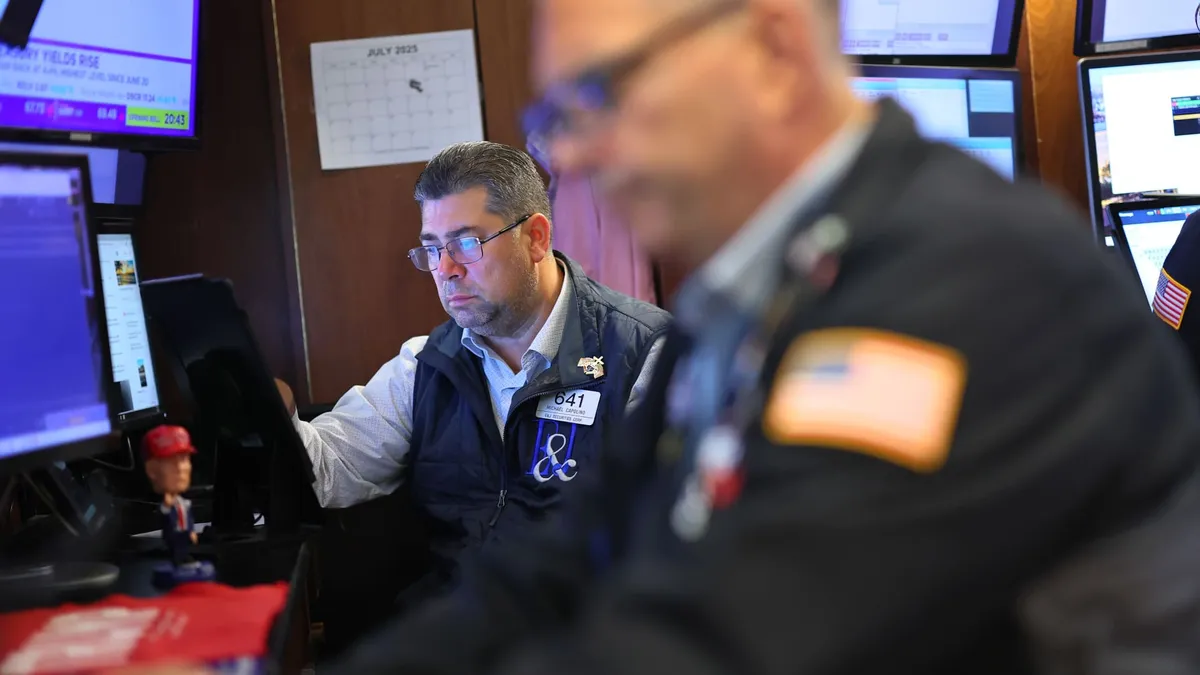
The recent split between short-term and long-term yields in the bond market has drawn significant attention after President Donald Trump indicated to Republican lawmakers that he may soon fire Federal Reserve Chair Jerome Powell. A senior White House official revealed to CNBC that Trump’s comments suggested an imminent decision, although the source requested anonymity to discuss the sensitive matter candidly.
According to reports, Trump has even gone as far as to draft a letter for firing Powell and shared it with lawmakers during a recent meeting. However, at a White House event, Trump publicly refuted these claims, asserting that it is “highly unlikely” he would dismiss the Fed chair. This contradiction highlights the ongoing tension between the President and the Federal Reserve, as Trump has frequently criticized Powell for not cutting interest rates since returning to office in January.
The bond market's reaction, particularly in short-term interest rates such as the 2-year Treasury yield, reflects the influence of central bank policies. The recent fluctuations could indicate that traders anticipate a Trump-led attempt to fire Powell would prompt quicker rate cuts. Conversely, long-term rates are shaped more by expectations of inflation and the future direction of central bank policies.
An unprecedented move to dismiss the Fed chair could jeopardize market confidence in the central bank’s ability to manage inflation and the overall economy. Experts warn that undermining the Federal Reserve's independence and credibility will not foster price stability, stable employment, or lower interest rates. Instead, such actions may lead to a shift away from dollar-denominated assets, potentially weakening the dollar.
Joe Brusuelas, principal and chief economist for RSM, emphasized that any attempt to compromise the Fed's independence could exacerbate inflation risks tied to tariffs. He noted that rising inflation expectations could create conditions where tariffs contribute to persistent inflation, complicating the economic landscape further.
In the bond market, the increase in the 30-year yield marked a reversal from earlier trading when it dipped below 5%. This fluctuation came on the heels of positive news regarding inflation, as the producer price index (PPI) for June remained unchanged, contrary to economists' expectations of a 0.2% monthly increase, according to Dow Jones estimates. This represents a decrease from a revised 0.3% rise in May, indicating a complex interplay between economic indicators and market sentiment.
As these developments unfold, the implications for interest rates and economic policy remain significant, warranting close observation from analysts and investors alike.